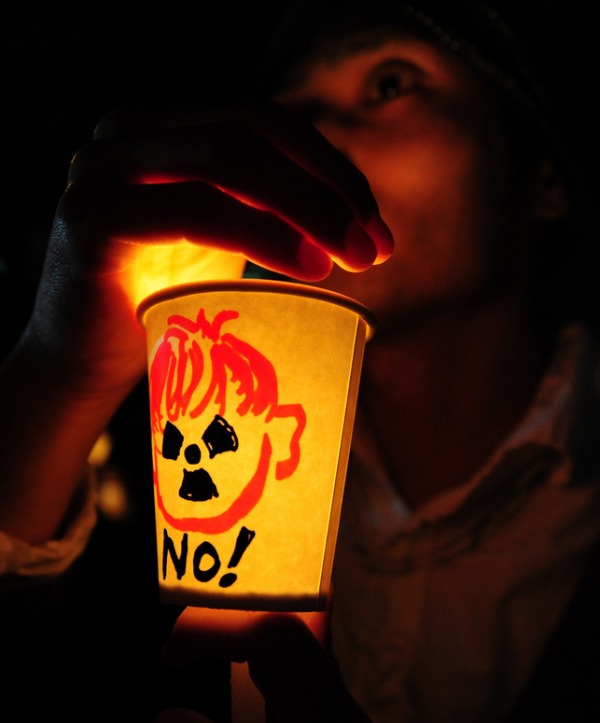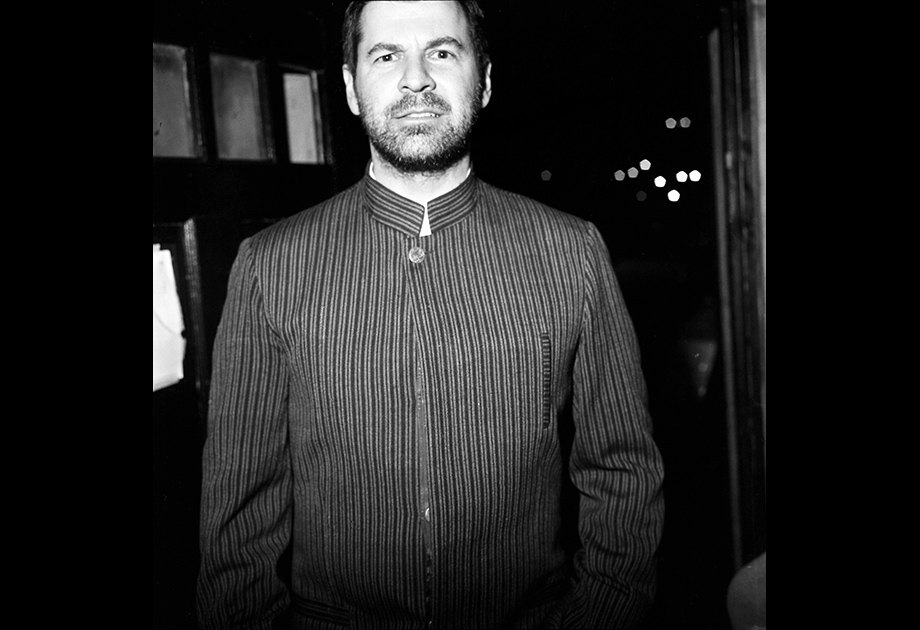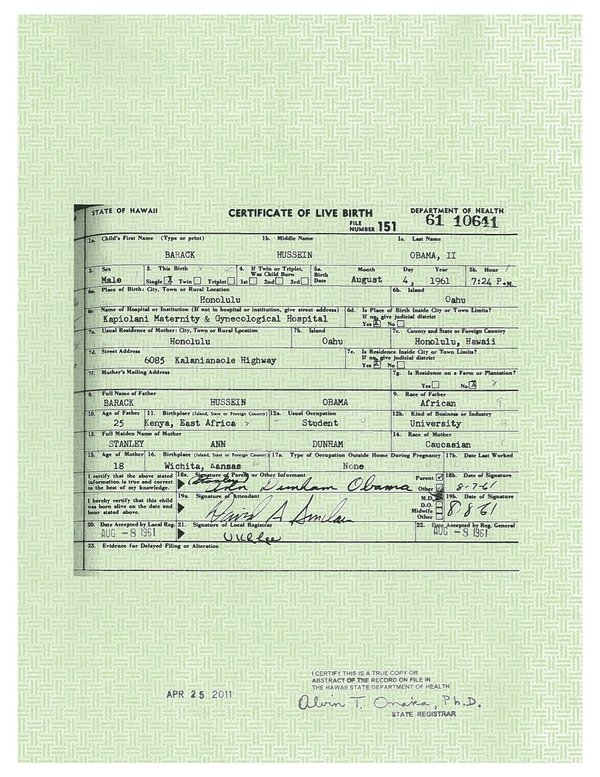Notes
Chernobyl and the Spirit World
Even without the recent nuclear power plant disaster in Japan, there would be good reason to commemorate the 25th anniversary of Chernobyl. Every source of energy has human costs, but only one can poison large swaths of territory leaving it uninhabitable.
Chernobyl is now a ghost town, which is one reason this mural is so powerful. The photographic record–including slide shows here and here–documents one abandoned habitat after another: schools, hospitals, office buildings, homes, everything had to be abandoned. Harder to capture are the many illnesses, deformities, and deaths caused by the radiation, but evidence is there to be seen. The empty rooms seem haunted, and so they are: by those who will never live there again, and by those who lost the better part of their lives to sickness, and by those who died before their time.
Public art often is commemorative, and the photograph above is doubly so: it acknowledges both the dead city and the spirits who continue to haunt the place. It does so by having photojournalism relay another public art, the public mural. The mural is tied to a single place, while the photograph is capable of global circulation; the two together mimic the nature of a ghost: a spirit that can travel across all realms but remains tied to one place, ethereal yet trapped, and unable to let go while powerless to act.
The city can’t move, while the mural was made by someone who has left the scene; the space between immobility and mobility can be occupied, temporarily, by the spectator. We are asked to stop for a while, to look and reflect: to ask, what do we see? One thing I see is that the mural is channeling another art: the photographs of bald-headed children weak with cancer caused by the reactor’s radiation spill. Thus, the two visual arts circulate through one another to call a public audience to witness the reality of the disaster, a disaster that is both material and spiritual.
The second image is another example of one public art relaying another.
The photographer captures some of the iconography of a demonstration against Tokyo Electric Power Company. The artwork on the paper cup lantern mashes up the triangle symbol of radiation warning signs with an image of children put at risk. What is particularly interesting–and perhaps quite Japanese–is the ambiguity in the child, who could also be a nuclear imp, say, the horrid issue of a contaminated population. Images of sprites have been associated with both electrical power and nuclear weapons–think of Freddy Kilowatt and the “nuclear genie”–and fears of mutation caused by radiation exposure have a history in Japan. So it is that both photography and the spirit world may be a source of messages about the future. The question remains whether the messages will be heard.
The ghosts can’t act; it remains to be seen who will.
— Robert Hariman
(cross-posted from No Caption Needed. Photo #2: Ji Chunpeng/Xinhua)



Reactions
Comments Powered by Disqus